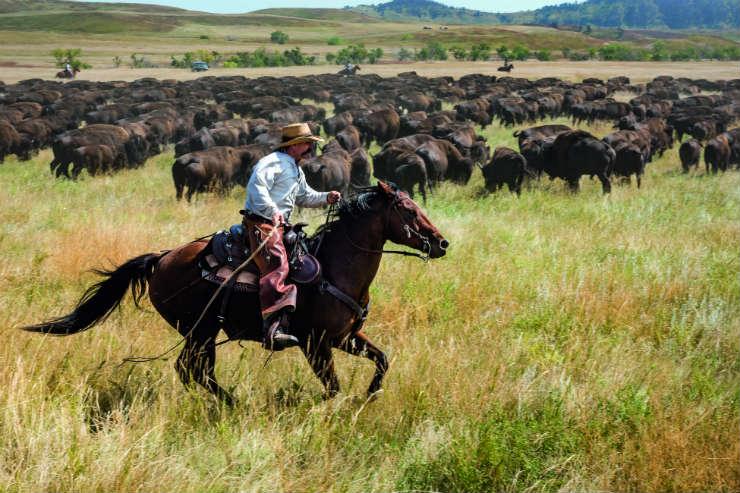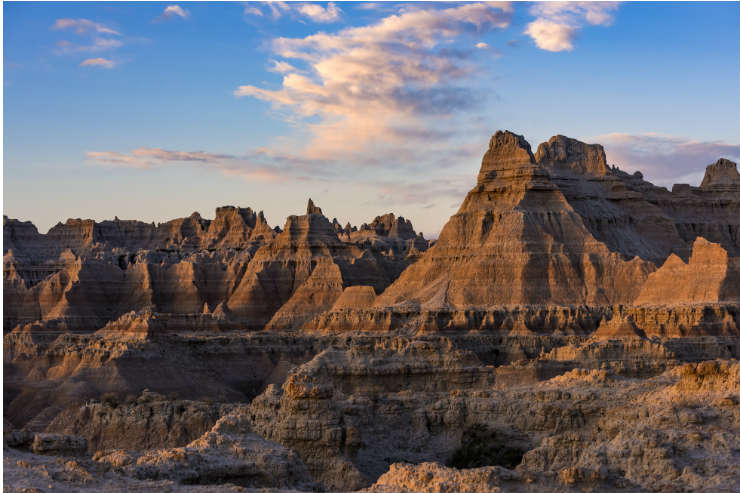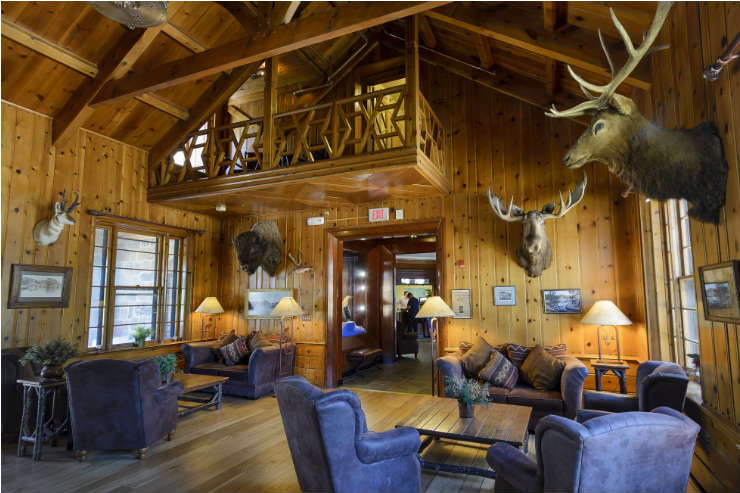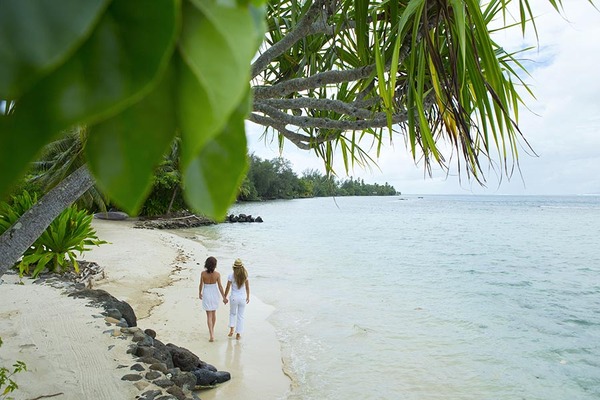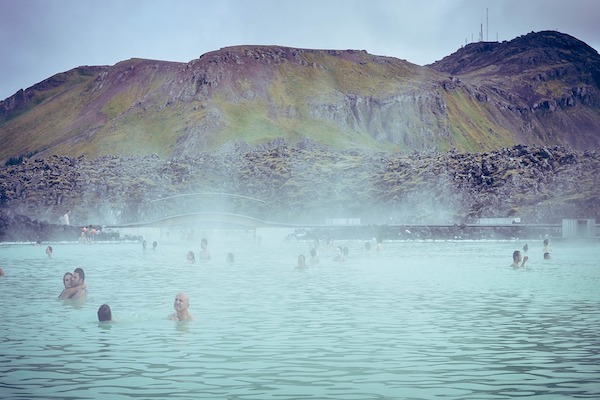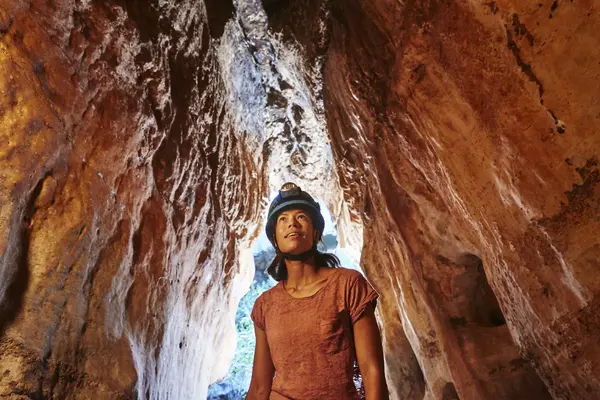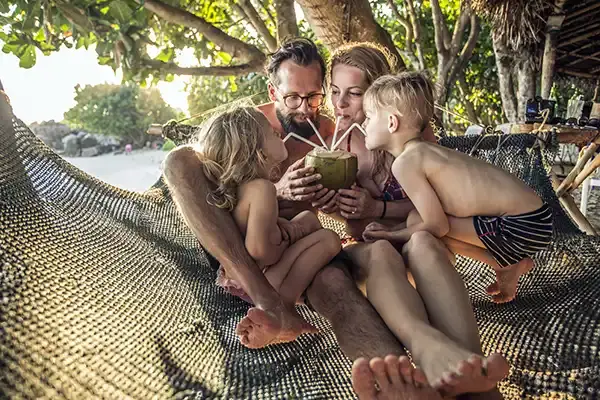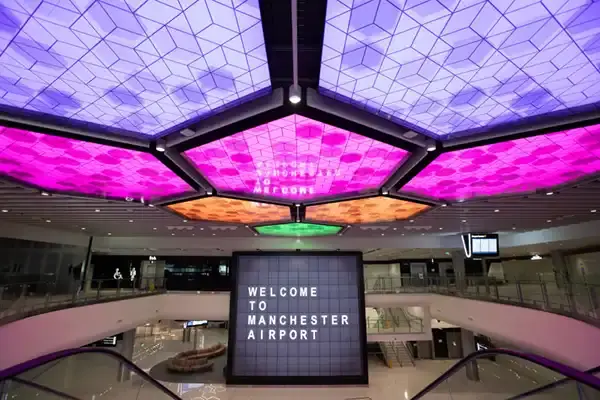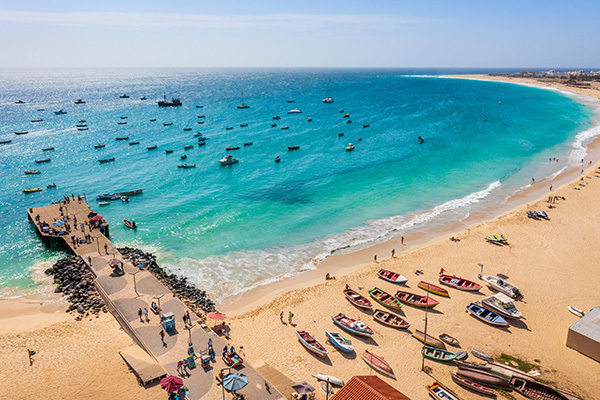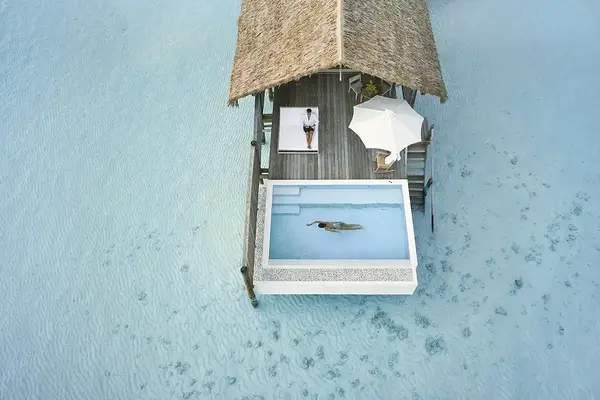Visiting South Dakota for Buffalo Roundup
Cowboy customs, Native American culture, iconic landmarks and lesser-known treasures collide on a trip to South Dakota, as Claire Dodd discovers
It’s a surreal sight that seems lifted from the pages of history. On the low ground, riders in fringe, Stetsons, denim and leather stalk the long grass. High on the hill, a breakaway group heads up to find the herd. Next, silence. Then the thunder starts.
Pouring over the hill, there’s a cloud of dust with a black mass at its core. The earth vibrates as 1,300 stampeding bison – faces, horns, hooves – come into view. And, riding in the back of a flatbed truck, I’m right in the middle of it.
Every September for 53 years, and even beyond, South Dakota’s Custer state park has played host to the visceral visual spectacle that is the Buffalo Roundup.
Serving a practical purpose, the world’s largest publicly owned bison herd are gathered each year by around 20 cowboys and led to corrals for health checks. Last year, 20,000 people gathered in viewing areas on the surrounding hills to watch.
Ways of the West
“It’s such an adrenaline rush to be out there alongside these massive animals. It can get a little wild,” says Matt Snyder, park superintendent.
“People love to experience a little bit of the West. Nobody else in the US does this. It’s something different to see riders on horseback rounding up buffalo again. It’s a part of our heritage. Every year – the way the buffalo act, the weather – it’s different. So it’s never the same show.”
He’s right. My ride is electrifying. Alongside the constant thunder, there’s the “yehaws” and “yips” of the cowboys as they wrangle the stragglers from the back. The heat, breath and sweat of the herd as it moves through the cold morning creates a haze over the purple grass.
And then we’re done. There are goose bumps on my arms as the crowd roars and the last of the herd enters the pens. A cowboy lifts a giant US flag high. And it might just be the most gratifyingly American thing I’ve ever seen.
Hidden gems
This is the appeal of South Dakota. With its rugged landscapes, rich Native American and pioneer history, it’s a state that offers some truly iconic American sites. “South Dakota has an allure because of its sense of known and unknown,” says Katlyn Richter from the Department of Tourism.
“Of course, there are places that most are familiar with such as Mount Rushmore National Memorial and Badlands national park. But the hidden gems just below the radar are what make South Dakota a place that people are interested in.”
According to the Department of Tourism, the state attracted 13.9 million visitors in 2017. The average stay is three to five days and 64% travel between April and September.
The UK is a prime target for the destination’s international marketing efforts. Custer State – home not just to bison but to towering granite needles, ponderosa pines, mountain lakes and scenic driving routes – will celebrate its 100th anniversary in 2019, an event set to bring more visitors, and Badlands national park will celebrate its 80th birthday next year too.
Iconic allure
Strategically, Rapid City is a great place for visitors to base themselves, not least because travelling from the UK involves changing at either Minneapolis or Chicago to reach this regional airport. From there, the well-known sites such as Mount Rushmore (a half-hour drive away) and the Badlands (an hour’s drive) are easily reachable and well worth their reputations.
Already otherworldly, I visit the Badlands at dawn to watch the red light slowly illuminate this moonscape of craters, spires, buttes and canyons. And the looming faces of Rushmore’s four presidents are more ethereal and striking in real life than any image can hope to convey.
But the lesser-known sites equally captivate. The state is an outdoors and adventure lover’s dream. I head to the Black Hills National Forest – another hour’s drive from Rapid City – and base myelf at Sylvan Lake Lodge.
The historic hotel is located atop the hills at almost 2,000 metres high and offers rooms in the main lodge. But most alluring are the 31 cabins, set individually among the pine and spruce-covered hillside.
It’s September, but I emerge the first morning to a flurry of snow, and nurse a coffee from my cabin door. It becomes a morning routine to light the log fire and stand on the doorstep taking in the far-reaching views.
This morning, the yellow of the autumn larch trees glows luminous against giant grey boulders as a lone deer grazes just beyond my window. I could stay here all day. But it’s time to hit the road.
Historic plains
Long before Western settlers arrived, the Lakota Sioux people called the hills home. And there’s perhaps no place that celebrates their rich culture and that of other native people as visibly as the Crazy Horse Memorial.
As we drive towards the towering granite mountain, the angular shapes take form; the profile of a man’s face and the white outline of what will one day be a horse.
After Mount Rushmore was completed, the Lakota people approached sculptor Korczak Ziolkowski to create a monument to reflect and immortalise the culture and history of North American Indians. Work to depict the Lakota leader, Crazy Horse, began in 1947 and continues today, led by Ziolkowski’s children.
Museums at the base tell the story not only of the mountain, but also of Native American peoples. Usually, the mountain is viewable only from the visitor centre. However twice a year, in June and the weekend of the Roundup, visitors are invited to partake in a six-mile walk up the mountain to see the sculpture up-close in an event known as the Volksmarch.
I walk to the end of what will one day be an arm, before I dare to turn back to take in the 27 metre-high face, which at once seems sombre and celebratory. It’s stirring. At the top I meet mountain carver Jeff Hermanson. The granite peaks of the Black Hills roll out below.
“Crazy Horse was a humble man,” Jeff tells me. “But I think he’d be proud. If he could live now in our times, I think he’d want to be part of a message that says these great people lived here.”
Book it: A six-night package to South Dakota costs from £1,162pp including flights, SUV hire and accommodation based on two sharing room-only, departing in May 2019. americaasyoulikeit.com; greatamericanwest.co.uk
What to do in Rapid City
SEE: The Journey Museum covers 2.5 billion years of local geology, palaeontology and archaeology, as well as the history of the Lakota Sioux people and the early pioneers that settled in the area. Art Alley is home to an ever- changing array of contemporary gra ti art from local and visiting artists. Work in the alley between downtown’s 6th and 7th streets began in 2005 and is ongoing.
DRINK: Rapid City is experiencing a craft beer revolution. Head away from the downtown area to the Lost Cabin Beer Company for experimental brews such as tequila barrel-aged beers. Main Street’s Firehouse Brewing Company brews onsite, in the former fire station, and produces its own wines next door at its Wine Cellar. For late-night cocktails, find the Blind Lion speakeasy below Murphy’s Pub, accessible through a hidden doorway. Or Press Start o ers a unique night out with its collection of 200 vintage arcade games.
DO: Shop for quality handmade Plains Indian arts and crafts at the Prairie Edge Trading Co & Galleries, which stocks historic and contemporary art from the Lakota Sioux community.

